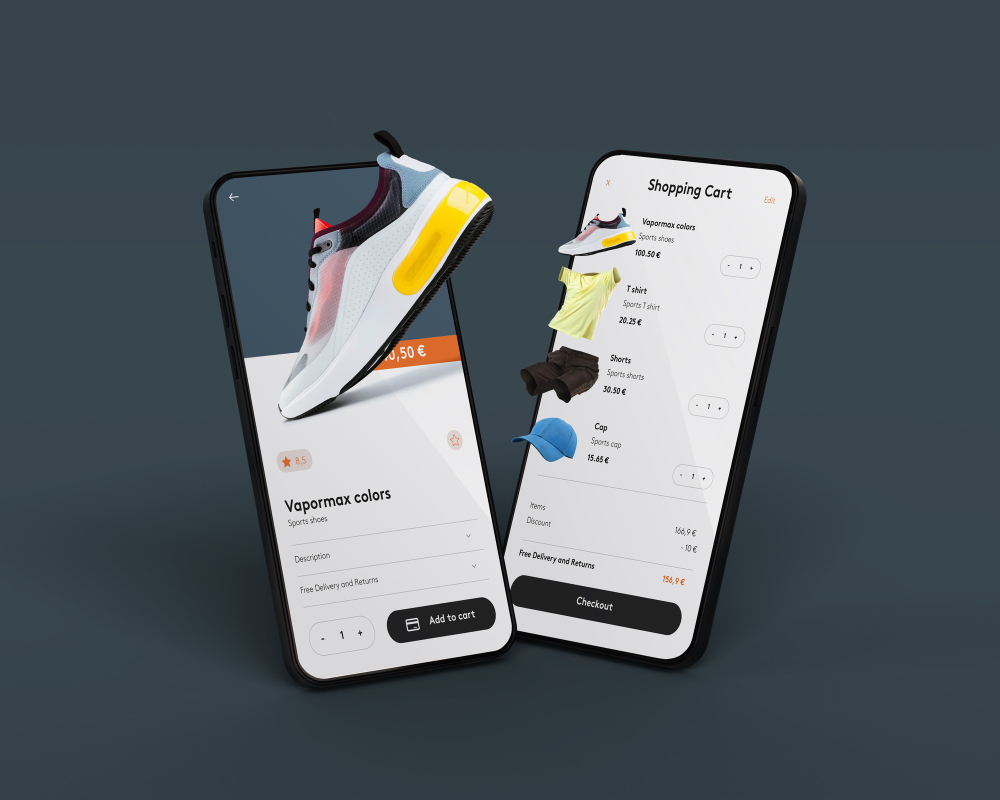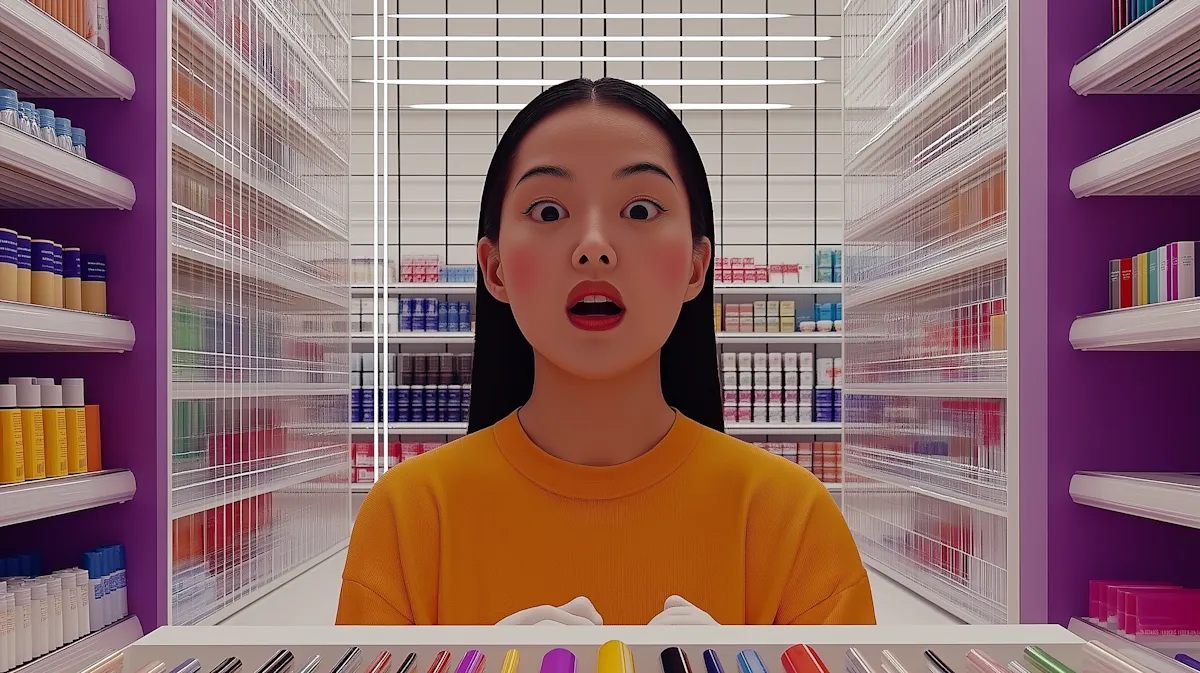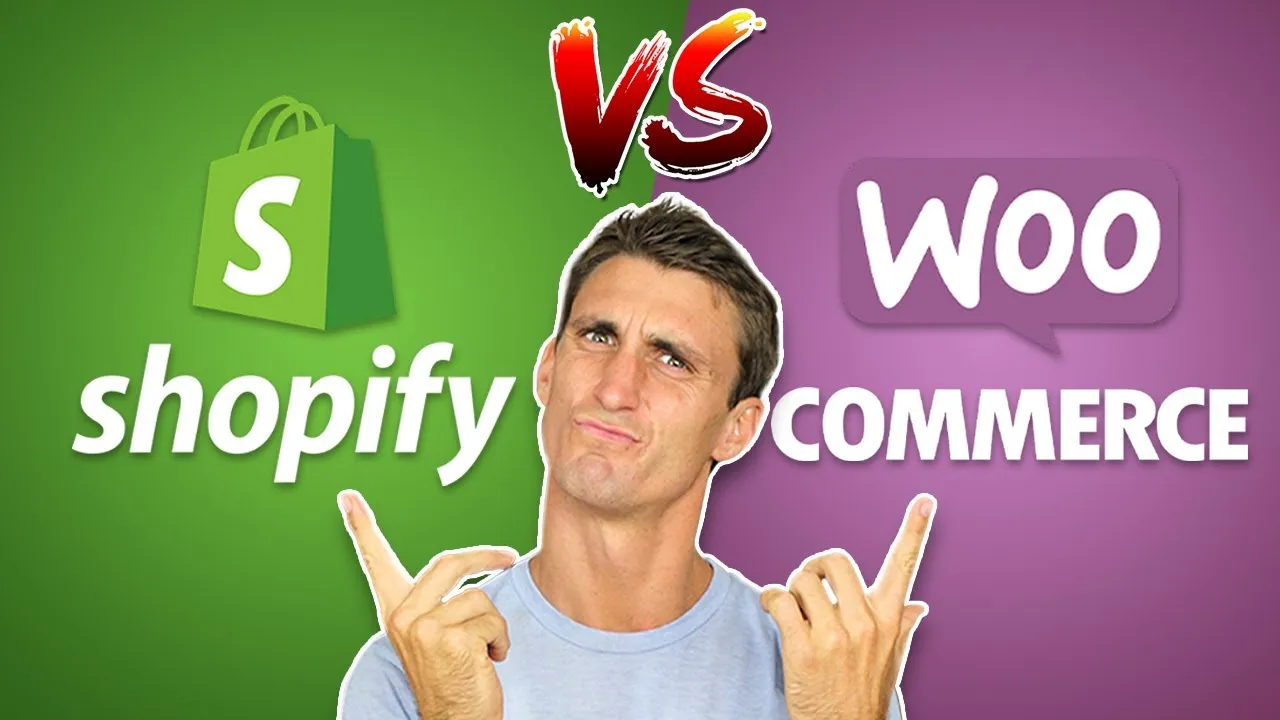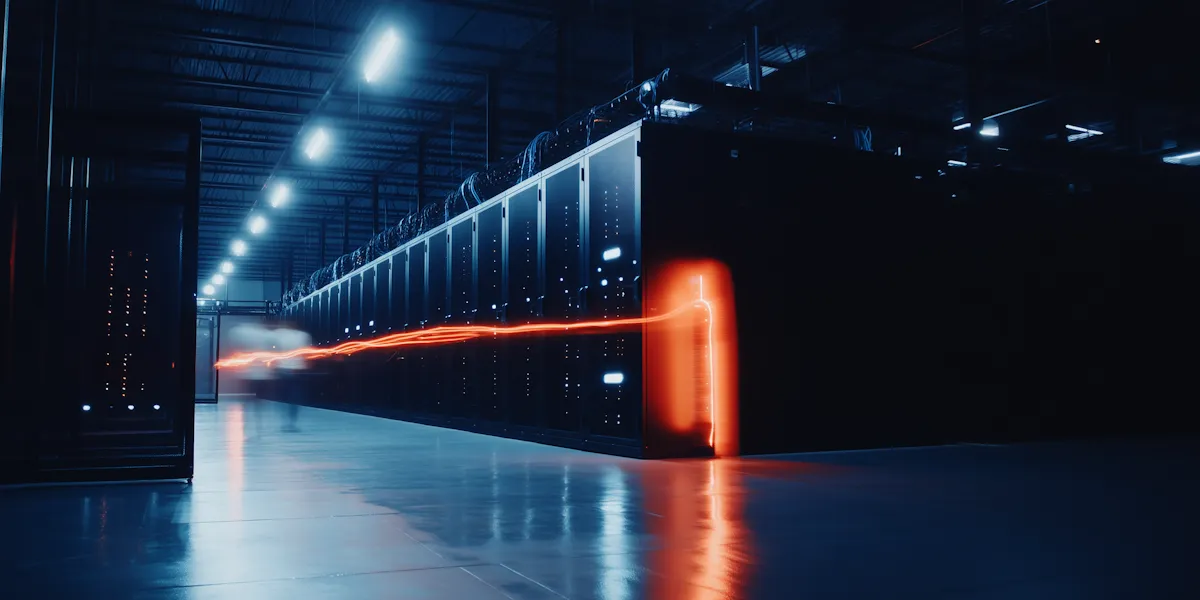Creating visuals for an e-commerce site is much more than just a question of aesthetics. It's a strategic lever for capturing attention, building trust and triggering purchases. In a digital world where image is everything, quality visuals can make all the difference between a visitor who lingers and a customer who commits.

Why are visuals crucial to your e-commerce site?
Visuals for an e-commerce site play a decisive role in the user experience. Not only do they present your products in their best light, they also tell a story, convey your brand values and create an emotional connection with your customers.
Studies show that Internet users retain 65 % of information when it is accompanied by relevant images, compared with only 10 % for text alone. What's more, 75 % of users judge the credibility of an online business by the quality of its visual design. Graphiste.com
Key elements for effective e-commerce visuals
1. High-quality photographs
Sharp, well-lit images taken from different angles help customers to better understand the product. Use neutral backgrounds to highlight the item and make sure the colours are true to life.Strikingly
2. Product positioning
Showing your products in context helps customers to imagine what they will look like. For example, a chair presented in a furnished living room gives a more concrete idea of how it will look. This enhances desirability and can increase conversions.webfolio.fr
3. Consistency with brand identity
Make sure your visuals for an e-commerce site reflect your brand identity. Use a consistent colour palette, typography and graphic style throughout your site to reinforce brand recognition.
4. Optimisation for mobile
With the majority of online purchases made via mobile devices, it's essential that your visuals are responsive. They must adapt to different screen sizes without any loss of quality or legibility.
Recommended tools for creating e-commerce visuals
1. Glorify
Glorify is a design platform specially designed for e-commerce. It offers predefined templates adapted to various platforms (Amazon, Facebook, etc.), retouching tools and an intelligent resizing function. BDM
2. GIMP
GIMP is a free, open-source image-editing program. It offers a wide range of features for image manipulation, making it a solid alternative to paid solutions. GIMP

Best practices for striking visuals
1. Using videos
Videos can be used to show products in action, explain how they are used and demonstrate their added value. They can increase the time spent on the site and improve conversion rates.
2. Integrate micro-animations
Subtle animations, such as hover effects or fluid transitions, can make the user experience more engaging without distracting from the main objective: conversion.
3. Highlighting calls to action (CTAs)
Use visual cues to guide users to CTAs. For example, arrows or graphic elements can direct attention to a "Buy Now" button.
The impact of visuals on SEO
Visuals for an e-commerce site are not just important for aesthetic reasons; they also play a crucial role in natural referencing. Well-named images with relevant alt tags can improve your site's visibility on search engines. What's more, web-optimised visuals guarantee fast loading times, which is an important ranking factor for Google.
Conclusion
Creating visuals for an e-commerce site is an essential step in attracting, convincing and retaining your customers. By investing in quality images, ensuring consistency with your brand and optimising your visuals for SEO and mobile, you maximise your chances of online success. Don't forget that in the digital world, a picture is worth a thousand words, and a good visual can be worth a thousand conversions.









